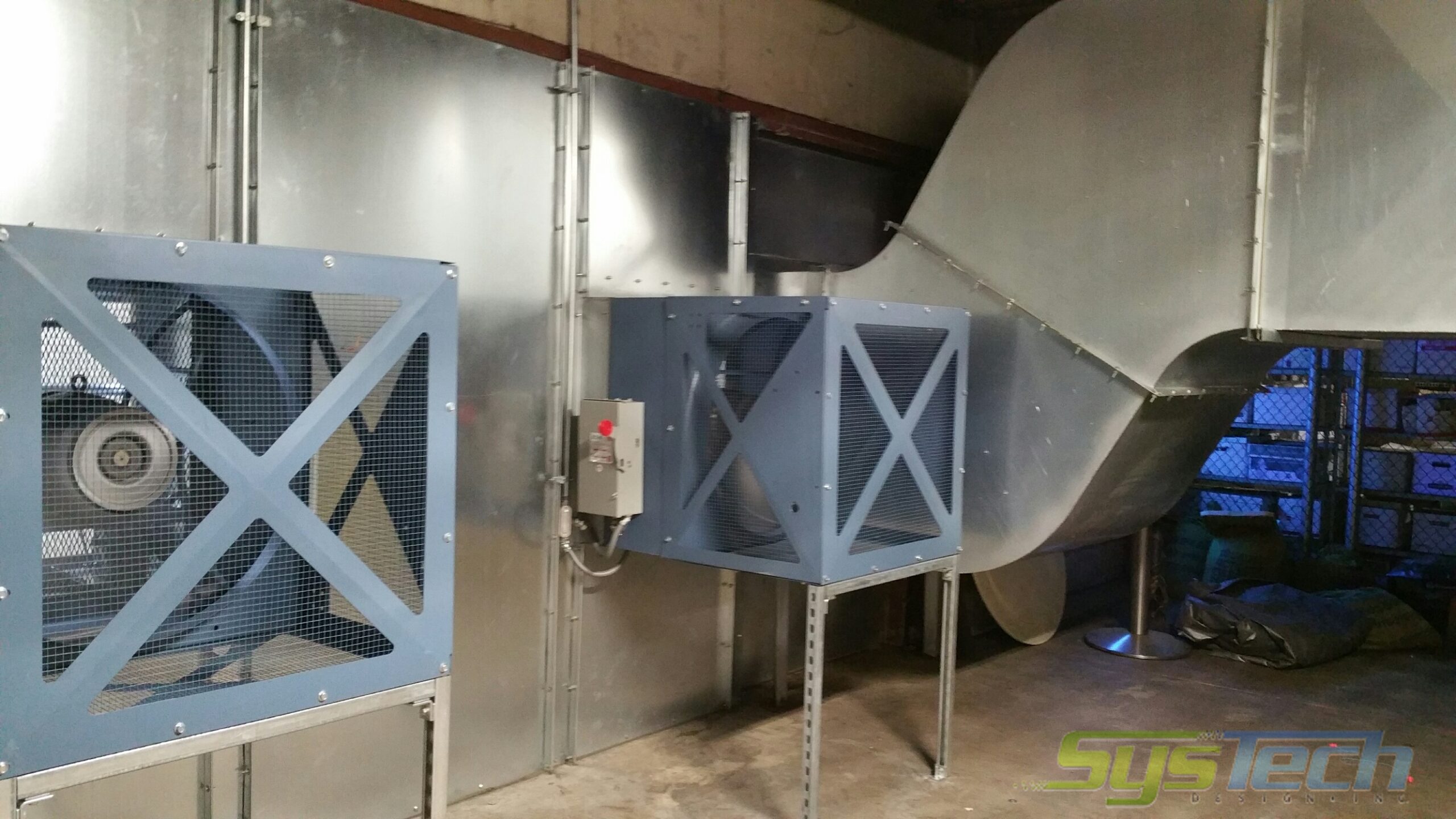Industrial wall fans are essential tools for maintaining a comfortable and productive environment in various industrial settings. They provide efficient air circulation, cooling, and improved indoor air quality. This blog post explores the top uses of industrial wall fans and gives tips for choosing the right fan and ensuring proper installation and maintenance.
Benefits of Industrial Wall Fans

1. Improved Air Circulation
Proper air circulation is crucial in industrial spaces to prevent stagnant air, reduce humidity, and distribute fresh air evenly. Industrial wall fans help circulate air effectively, ensuring a well-ventilated environment for workers. Consistent air movement also prevents the accumulation of airborne contaminants and pollutants.
2. Effective Cooling
Industrial wall fans play a significant role in cooling manufacturing plants, warehouses, and other extensive industrial facilities. Creating a breeze effect, they help dissipate heat, relieving workers and machinery. Cooling the environment improves employee comfort and productivity while protecting equipment from heat-related issues.
3. Enhanced Indoor Air Quality
Indoor air quality is critical to maintaining a healthy workplace. Industrial wall fans aid in removing stale air and replacing it with fresh outdoor air. They also assist in exhausting airborne particles, fumes, and pollutants, improving air quality and a safer working environment.
4. Moisture and Odor Control
Moisture and unpleasant odors can be challenging in specific industrial processes. Industrial wall fans can help control moisture by promoting evaporation and reducing dampness. They also aid in dispersing odors, ensuring a more pleasant working atmosphere.
Choosing the Right Industrial Wall Fan

1. Consider the Facility Size and Layout
Assess the size and layout of your industrial facility to determine the number and size of industrial wall fans required. Consider the height of the walls and any obstacles that may affect airflow. Larger spaces may need multiple fans strategically placed for optimal air circulation.
2. Evaluate Airflow Requirements
- Identify the airflow requirements of your facility based on factors such as heat-generating equipment, production processes, and the number of occupants.
- Calculate the required air changes per hour (ACH) to ensure efficient ventilation and cooling.
- Consult with experts or refer to industry guidelines for appropriate airflow calculations.
3. Noise Level Considerations
Industrial fans produce varying noise levels based on their design and motor power. Consider the noise tolerance level in your facility. Choose fans with lower noise output in noise-sensitive areas or offices adjacent to the industrial space. Look for fans with noise reduction features or consider installing additional soundproofing measures.
4. Energy Efficiency
Opt for energy-efficient industrial wall fans to minimize operational costs. Look for fans with high-efficiency motors, adjustable speed settings, and advanced control options. Energy-saving features such as timers or sensors that activate the fans only when necessary can further optimize energy consumption.
Installation and Maintenance of Industrial Wall Fans
1. Proper Placement of Fans
Install industrial wall fans at appropriate locations to achieve the desired airflow. Consider placing fans at strategic points along walls or near heat sources to facilitate air movement. Mount the fans at a height that allows optimal air circulation without causing obstructions.
2. Wiring and Electrical Considerations
Ensure that the electrical system can handle the power requirements of the industrial wall fans. Hire a professional electrician to install the fans and ensure proper wiring, grounding, and electrical safety. Follow local electrical codes and regulations to prevent potential hazards.
3. Regular Cleaning and Maintenance
Establish a regular cleaning and maintenance schedule for your industrial wall fans. Dust and debris accumulation can affect their performance and efficiency. Clean the fan blades, grilles, and housing regularly. Inspect and lubricate the motor bearings as recommended by the manufacturer. Promptly address any issues, such as loose connections or unusual noises.
Pros
- Helps remove heat, smoke, fumes, and stale air to keep the workspace safe and breathable.
- Keeps kitchen staff cool and prevents overheating in areas with ovens and stoves.
- Enhances plant growth by maintaining airflow, reducing humidity, and preventing mold.
- Prevents rust and mildew by keeping the air dry and moving.
Cons
- Only circulate air — they don’t cool the air like AC units.
- Airflow is directional and may not reach all parts of a large space without multiple fans.
Conclusion
Industrial wall fans are versatile tools that offer numerous benefits in industrial settings. They improve air circulation, provide adequate cooling, enhance indoor air quality, and assist in moisture and odor control. By choosing the right fan and considering factors like facility size, airflow requirements, noise levels, and energy efficiency, you can optimize their performance. Proper installation and regular maintenance ensure long-term efficiency and reliable operation. Invest in industrial wall fans to create a comfortable and productive environment for your industrial facility.
